Updates
Your Body Is A WAY Better Herbalist Than You Are…Cravings and Pharmacognosy.
Ever wonder why your dog is out in the backyard eating grass? Did he become a vegetarian? Well, unless he’s developed a sudden affinity for sitar music and incense, probably not. He’s still a good ‘ol carnivore. So why the grass? Probably because he has a bellyache…or worms. You see the coarse texture of grass is soothing and cleansing to the gut feeds good-guy bacteria and helps to mechanically push out internal parasites. So how the heck did the dog know all of that stuff?
He didn’t. But his body did.
You see, animals (even smart animals that know how to type on cell phones and order door dash for dinner…..OK, maybe that’s not so smart…) have an instinctive awareness of what their body needs. We call it cravings but scientists call it pharmacognosy. And why do they call it pharmacognosy? Two reasons, first if they use big words no one has ever heard, doctors can charge more, and second, pharmacognosy is a really neat word with some interesting Greek roots. Pharmakeia is the Greek word for a beneficial herb or substance. Cognocscere means to understand or recognize. So, pharmacognosy means to recognize or understand beneficial herbs or substances. When animals do it they call it zoopharmacognosy…though it usually comes out like “woof woof” or “bow-wow” when dogs say it because they have lousy pronunciation.
There are countless examples of animals self-medicating by eating plants and other natural things. Female elephants selectively choose to eat the leaves of a particular tree to induce labor when their baby is due. After all, that little rascal gets heavy and by the time he’s due, Mom’s been carrying him around for almost two years! During the fruit season, elephants eat kaolin clay from the river banks to calm their acidic bellies (kaolin clay was the original ingredient in the famous bellyache medicine Kaopectate (They’ve recently changed it to bismuth subsalicylate). Macaws in the Amazon eat specific types of clay to aid digestion and kill pathogenic bacteria in the gut. There is a lizard species that seeks out a specific root to counteract the venom of a poisonous snake if they get bitten (Lizard illiteracy is a serious problem. They don’t know about our Venom & Sting formula). Wooley monkeys in Brazil improve their fertility in the spring by eating particular plants. They tried shaving their legs and wearing high heels but it made climbing the trees harder so they’re sticking with the fertility leaves. Many animals will also travel far from their normal feeding areas to eat specific plants that kill parasites when they become infected.
Perhaps the most astonishing example of instinctively knowing what to eat and how to eat it comes from Tanzania where the chimpanzees routinely eat the pith of the stem of a specific plant to rid themselves of a protozoal parasite in their blood. So why is that one so much more amazing than the others I’ve mentioned? It’s because the locals call that plant “Goat Killer”. Almost every part of the plant is super toxic. The common name comes from the fact that goats that eat the plant fall over dead (Yes, goat illiteracy is a serious problem as well. If only they would read more blog articles). The chimps only eat the pith of the stems…The only part of the plant that is remotely safe! So, how did the chimps learn that? Well, it certainly wasn’t from watching the goats! It also probably wasn’t from trial and error. “Hmmm, Jojo ate the leaves and he died and Bubu ate the roots and she died. I wonder if the pith of the stem is safe.” Nope. That probably wasn’t it.
So how did they learn? They didn’t. They just knew. They instinctively knew exactly what they needed and, more importantly, they REALLY wanted it.
As I mentioned above, you don’t have to be dumb and furry (apologies to the dogs) to have and use this gift. It’s an instinctive drive that seems to be present in all animals. Don’t even get me started on the fruit flies that lay their eggs on plants with high ethanol levels if they happen to detect parasitic wasps in the area that would hurt their babies. But, as usual, I digress. Humans do it too. We just need to listen better. Scientific studies have been done showing that sick humans find herbs that are beneficial for their illness to be more palatable while they are sick. As soon as they start feeling better the palatability of those herbs decreases and they don’t want them anymore.
My herbal students and clients often tell about how attracted they are to some herb or another. I find that I have a strong personal affinity for several herbs and an absolute aversion to others. Those affinities and aversions often vary with the seasons of the year or with how I’m doing physically at any given time. I think this instinctive affinity and aversion, these crazy cravings, are an integral part of the technique called muscle testing. We are physically drawn to certain plants in ways that we don’t consciously understand, but our bodies understand it and are happy to tell us if we ask.
So pay attention to your cravings…as long as you’re craving something that isn’t sugar-coated or deep-fried. But then again, increased levels of fats and sugars increase serotonin levels in the brain that make us feel calm, comforted and happy. Hmmm…maybe I should develop a line of herbal doughnuts.
If you’d like to hear me ramble off the cuff about cravings and pharmacognosy, have a look at my YouTube Video. :0)
If you’d like to learn what medicinal plants do and how to use them, have a look at The HomeGrown Herbalist School of Botanical Medicine. It’s a great program and we don’t monkey around…well…unless we think it would make us feel better.
Doc Jones



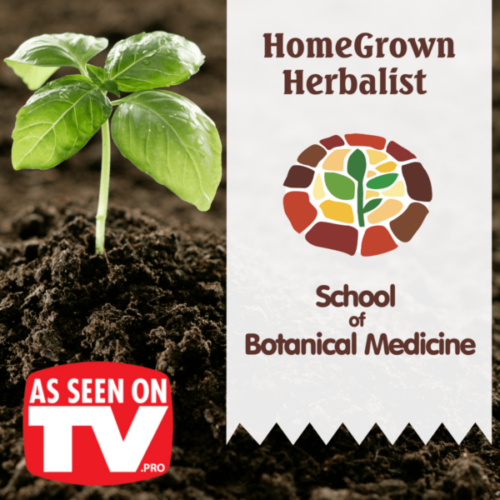
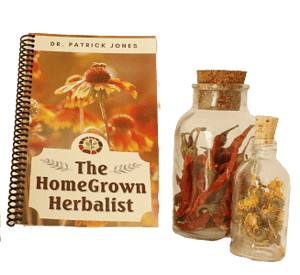

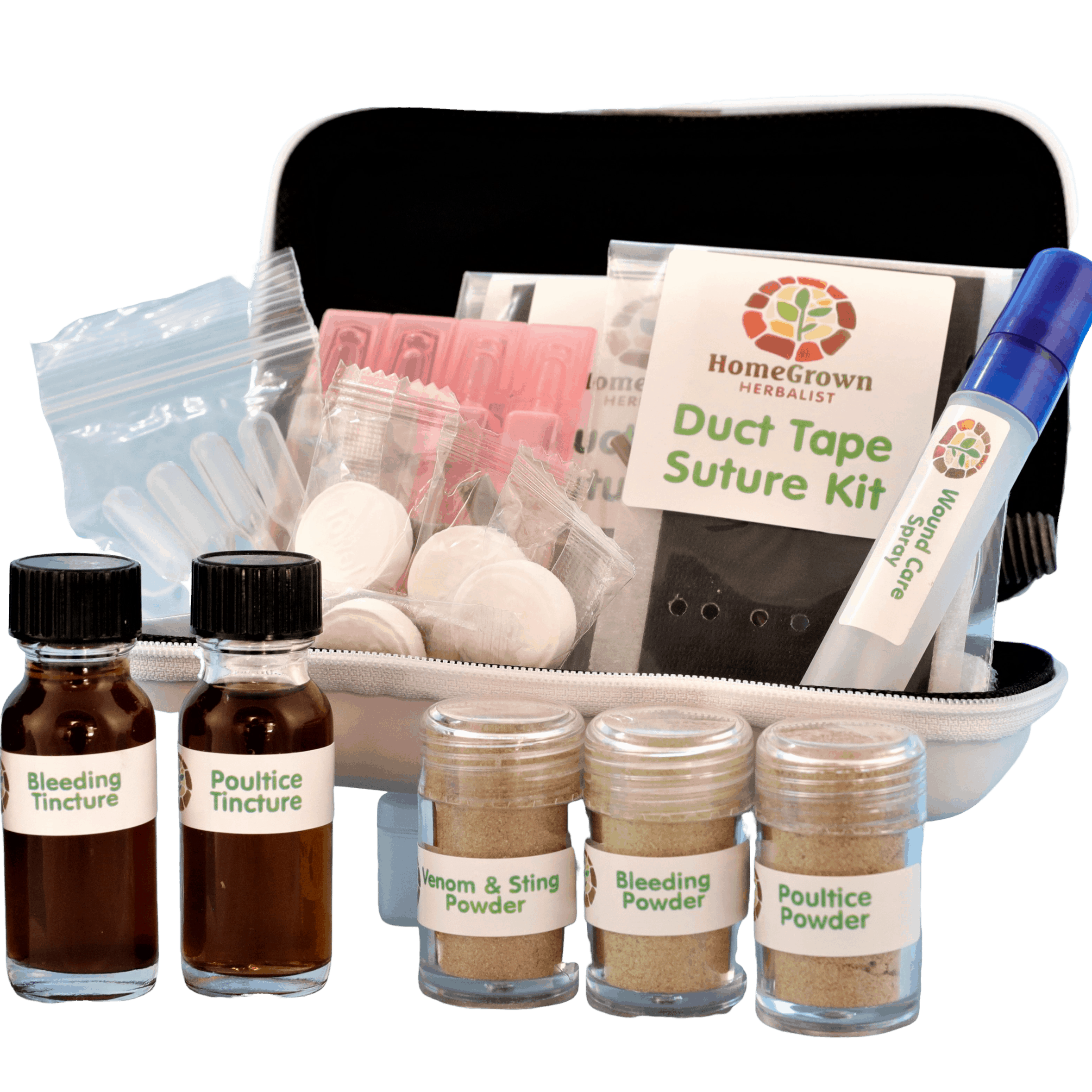

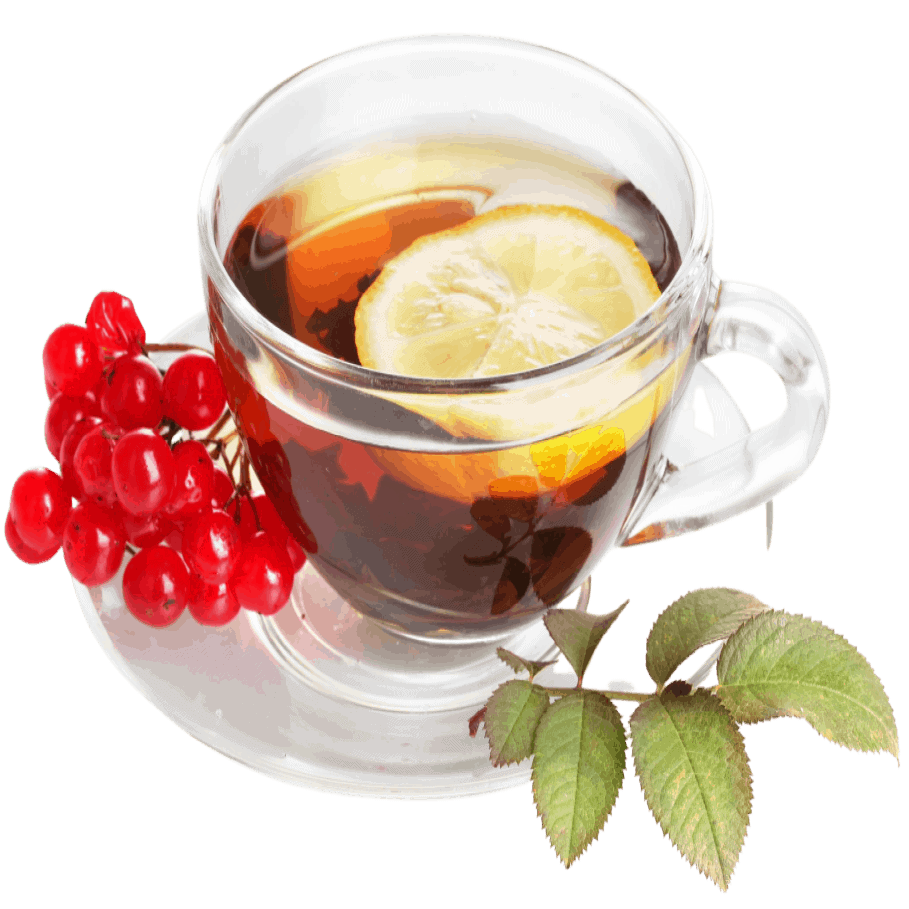
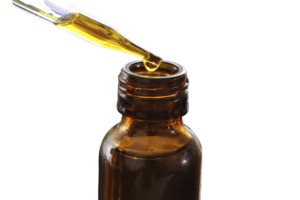
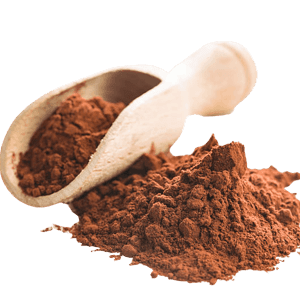

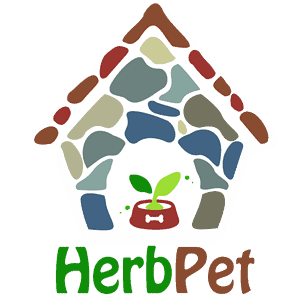
Thanks for another great video!
Glad you enjoyed it John.
Thank you Doctor Jones.
I am so happy to join you next week in Idaho!
Yup. We’ll see you then. :0)
I love this! I am currently trying to zero in on my own cravings and reason them out, trying to find healthy things to satisfy each craving versus grabbing quick garbage food. I would be all for a line of herbal doughnuts (there are already herbal brownie recipes, if I remember correctly from college 😉 ).
Thanks for the info!
My dog has been eating mushrooms in our yard. It has been going on for a couple a couple weeks. I can’t deter her; she sniffs them out (really good at it). I could not help but believe there must be a reason for it. I give her good whole prey food and nutritional supplement that includes a mushroom blend. What do you think she is trying to achieve? Is she suicidal? Should I be doing something else?
Details: I follow her and try to get what she finds, that i can’t, before she eats it; but, she is obsessed with foraging for mushrooms. I tried to identify them but I can’t ascertain which they are. A couple times she beat me to them and ate some. I called my vet, treated with peroxide to induce vomiting, followed with activated charcoal (when i found nothing in vomit or couldn’t achieve vomiting), and then gave her a few days of dandelion leaves with a pinch of licorice root on her meals. She has not behaved differently from what I can see so now, if she gets a little bit before I catch her, I treat her a few days with the herbs and do not put her threw the peroxide and charcoal treatments. Also, I have never noticed so many mushrooms in our yard as this year. White ones, grey top ones, mustard yellow with rust colored tops, funnel tops, brown ones. She likes the first two but sniffs out of these. Rotten Rottie 🙁
Some mushrooms are very medicinal. Some are very toxic. Some are tasty. You might try putting her on the Nutritive formula and the Intestine preBiotic formula. She may be missing a nutrient she needs. Or…she might just really like mushrooms.
Nutritive: https://homegrownherbalist.net/product/nutritive-powder/
Prebiotic: https://homegrownherbalist.net/product/digestive-pre-biotic-powder/
Thanks Dr Jones! It’s always a pleasure to watch your videos. Please make one explaining muscle reaction as a method of diagnosis. Or even the NAET allergy treatment if you know anything about that. Thanks and God bless!
This is true! I used to watch what plants my horses picked when out on our walks as a guide to what they needed in their diet. I could tell when one of them was getting more insulin resistance became he changed the herbs he ate.
I also had a real desire to eat the chrysanthemum flowers in my garden one year but thought I was crazy and the plant was inedible. I finally looked it up and found the flowers were in fact edible, so now I eat some of the petals each autumn when it flowers.
Thanks for sharing that Natalie. Sounds like you’re a good observer and a good listener.:0)
Doc
Chrysanthemums, at least the flowers, are safe for human consumption. There is such a thing as chrysanthemum tea (you can get it in Chinese herbal medicine shops, it is dried chrysanthemum petals). It is supposed to be good for your health. The other parts of the chrysanthemum plant, maybe not so much. Pyretherin is a substance made from the chrysanthemum plant that they use as a poison/repellent for mosquitoes and other insects that can also give you chills and the shakes if you ingest it.
So great! Thank you 🙂
Glad you enjoyed it Danielle. :0)
One of the cats I had when I was growing up used to like to hang out in a pungent-smelling patch of wormwood in a vacant lot near my house. I later found out that wormwood is good for getting rid of fleas!
Yup. Cats are pretty aware of the medical actions of plants too. They also like to roll around in catnip. Just make sure you don’t let them operate and heavy machinery afterward.
I recently discovered your channel on YouTube and have thoroughly enjoyed it. I have a horse who developed heaves about 5 years ago. He coughs a lot, and it can get much worse in the winter, to the point that I sometimes have to give him dexamethasone injections and albuterol nebulizer treatments. (You haven’t lived until you’ve given a horse a 20 minute nebulizer treatment.) Is there something natural I can feed him to help him? Until this started he was my favorite horse to ride but even if I can never ride him again I want him to be more comfortable. I understand how to use herbs in humans, but not so much with animals. Also, do you have a reference book that you recommend for using herbs in various animals? Thanks so much for your information and for your channel!
All of my formulas were designed to work either in humans or in animals. Have a look at these three:
Respiratory-Azma
Respiratory-Cof
Histamine
Horse dosing is 1 TBS of the powder mixed with a little feed. Dosing for all products can be found on any product page under the “Info & Dosing” tab
I’m working on a book on veterinary applilcations right now. We cover a lot of that sort of thing in the school as well.
HomeGrown Herbalist School of Botanical Medicine.
Doc